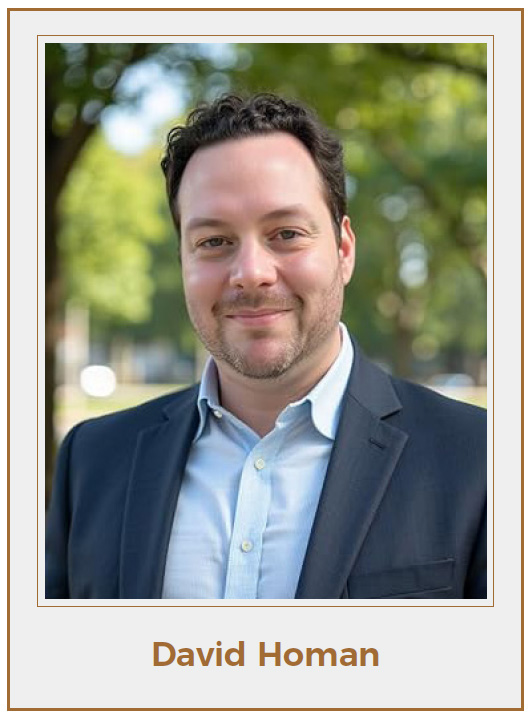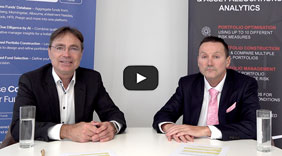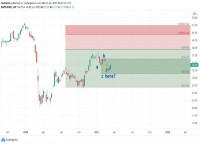|
 With excerpts from the book Orchestrating Connection: How to Build Purposeful Community in a Tribal World by David Homan and Noah Askin When I worked with Billionaire Hedge Fund Manager and Philanthropist Ray Dalio and his kids to incubate a film company with a focus on mental health, climate change, and impact, he taught me the importance of his principles. Among them, one in particular stays with me: Triangulation, the act of confirming from three separate sources the validity of an opinion or person I apply regularly in communities of wealth and power. The challenge most of us face is that it is very challenging, without the proper clearances and resources, to validate the wealth of a family or individual, even if they have a public profile. Wealth is private. Influence is private. Often, what is visible is what is chosen to be visible, and to question the wealth of an individual is to be seen as invalidating their trust. Yet history has repeatedly shown that those most powerful often come to, and stay in power, because of perception rather than reality. Over the past decade, I've built a large-scale, private community of trust-makers called Orchestrated Connecting. Its members are people often now deemed Connectors or SuperConnectors - their reach is unparalleled in the world of wealth because of their approach to building trust. As we build access and community amongst the now-visible world of Family Offices, as well as thousands of Ultra- High-Net-Wealth individuals, their families, and next-gens, it is important to gain as much trust as one can through a value that, while studied in social sciences, has both profound impact and a wide-ranging set of principles around it: Reputational Value. We know from ponzi-schemes like Bernie Madoff, the misplaced belief in Theranos, the rise and fall of Ritossa (and rise again), or the false Rothschild Kyle Deschanel, that because of the endless fascination with wealth and its relation to power, most people will do anything they can to be around it, to associate with it, and to chase it. And when we run with blinders on, we become prey. How do we not operate blindly, and instead build trust and community amongst these individuals and our peers? Three Archetypes of Validating Connection: The Peer, The Social, and The Leverage These are the three most valuable types of relationships you can curate contacts within, allowing you to build trust and maintain that trust as you engage with any new UHNW individual. The Peer: The individual who works, co-invests, or has engaged regularly with an individual or family office, especially where one can validate the actions taken together.
The Social: The individual who attends the same parties, events, conferences, and gatherings. While it is not enough to take anyone at their word alone, it is often easy to validate once someone else can also share that both individuals were there.
The Leverage: The individual who sits "above" said individual in the pecking order. They can:
Everyone can play one or more roles to one person and play a different role to someone else. This is all nuanced, but as one builds these connections and relationships, it's important to understand the power dynamics at play, and as you work to maintain them, never rely on only one tie, whether that is the peer, social, or leverage. That creates a precarious balance should you lose that final tie due to circumstances such as age, geographic location, etc. But first, note - someone who is impossible to vet, find, or validate has chosen to hide that way. But most wealth-holders operate with public investments, businesses, philanthropies, and social ties that allow them to build communities and circles around them. Beyond Traditional Networking: The Intentional Community Imperative The importance of intentional connection becomes even clearer when we consider the current paradox of our times. We've been drowning in networking advice for decades, yet we have never had more of an epidemic of loneliness and isolation. There must be something missing from traditional networking approaches. What we've found through years of writing and researching Orchestrating Connection is that it's not just about how much you can give or who you eat with - it's about building with purpose and intent. The systematic approach we've developed isn't just another networking strategy; it's a solution to the fundamental disconnect between quantity of connections and quality of community. The Framework: From Theory to Practice All of these interactions and learned knowledge have been distilled into my recent book: Orchestrating Connection: How to Build Purposeful Community in a Tribal World, with co-author Noah Askin, a professor whose research brings 50 years of social science backing to what we've built in practice. Orchestrating Connection doesn't just provide a new way to think about our social world - it's a how-to blueprint for creating the DNA to build it. Weaving together key principles, the book describes how consistent rituals, explicitly communicated values and expectations, and a carefully crafted culture help solidify each community's collective identity. From Network to Community: The Five Essential Principles While the three archetypes help us validate connections in the world of family offices and wealth management, building lasting community requires deeper cultural foundations. Our research identifies five essential principles that create communities where people are pro-social, actively engaged, and maintain boundaries that protect against those who would take advantage:
These principles work together synergistically. When applied consistently, they create an environment where due diligence happens naturally through relationships, where opportunities flow based on trust, and where the community itself becomes a protective barrier against bad actors. The Individual Journey: Starting with Purpose But the work of building your community - whether growing your own network or shaping a global movement - begins with personal clarity. You can't effectively participate in or lead a community without first understanding your own purpose. The journey thus begins at the individual level: identifying what you stand for, what you truly need, and how you can leverage that deep understanding to draw others into conversation with you. This clarity becomes your "bat signal" - the beacon that attracts the right people into your orbit. In the family office world, this might mean being clear about your investment thesis, your family's values, or your approach to philanthropy. That specificity, rather than limiting you, actually creates stronger connections with aligned partners. The Path Forward Ultimately, this book is an invitation to redefine community in an era that desperately needs it. We're exhausted by people saying they'll do something and not following through, by events where we feel we don't matter, and by connections that lack accountability. The solution isn't more networking - it's intentional community building. Whether you're an activist aiming to mobilize a grassroots initiative, an executive reshaping a company's culture, a family office principal seeking trusted partners, or an individual seeking personal transformation, this framework provides a roadmap for forging intentional, empathic communities. In the world of family offices and ultra-high-net-worth individuals, where trust is currency and reputation is everything, the ability to build and validate genuine connections isn't just valuable - it's essential. The future belongs not to accidental collections of neighbors or aggrieved online groups, but to communities built with intention, guiding principles, and a give-and-give attitude. As we move forward in an increasingly complex world of wealth management and family legacy, remember: it's not about dressing in a tuxedo or fancy gown to impress. It's about being dressed comfortably and ready for everyone to accept you as who you are, while maintaining the rigor to validate, verify, and build with those who share your commitment to intentional connection. For more information about the Orchestrating Connection framework and to take the Connector Test to discover your connection archetype, visit orchestratingconnection.com | ||||
|
Horizons: Family Office & Investor Magazine
The Social Science of Connection: Triangulating Connection to Validate Intent |
|





 RSS
RSS








